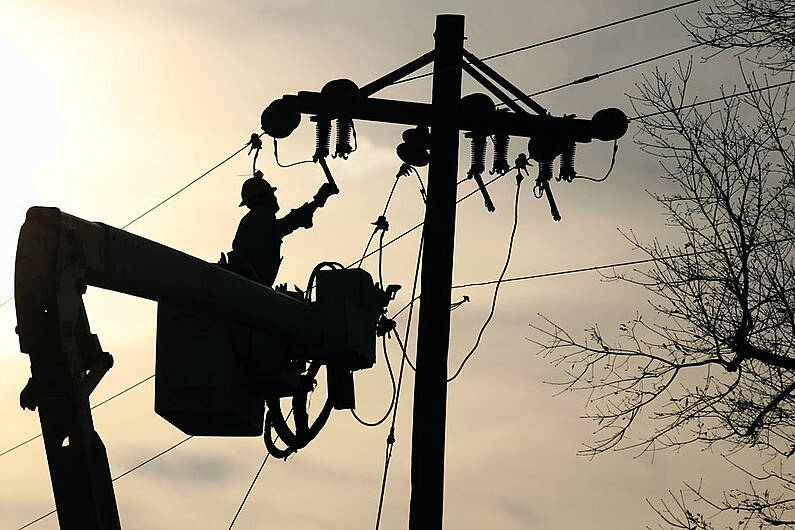Evidence from a new study shows that Irish farmers are seven times more likely to die from cardiovascular disease (CVD) compared to non-agricultural employees.
It estimates that almost 50% of Irish farmers have high blood pressure and elevated total cholesterol.
In a study completed and published in the Journal of Agromedicine, earlier this year entitled ‘A Cross-Sectional Analysis of Physical Activity Patterns, Aerobic Capacity and Perceptions about Exercise among Male Farmers in the Midwest Region of Ireland’, it emerged that farmers completed an average of 16,452 steps and 124 minutes of moderate-vigorous physical activity (MVPA) a day.
The volume of weekly MVPA was largely accumulated in bouts lasting less than 10 minutes, with only 17.89% completing bouts greater than 10 minutes.
The study also highlights the necessity to engage in physical activity lasting more than 10 minutes and adds: “If we start to view the heart like a muscle rather than an organ, we can start to grasp the need to train the muscle to see effective and efficient change over time.
“Starting a new exercise program is a behaviour change and farmers will require support and assistance but small changes make a big difference."
Meanwhile, the study pointed to the average daily sitting time of the population studied which equated to 8.26 hours a day.

Overall, the study highlighted that farmers are indeed fit, have positive perceptions about exercise, and complete large quantities of physical activity, but this may not be in a CVD protective pattern.
Physiotherapist and chairperson of the Chartered Physiotherapists in Cardiac Services (CPCS), Denise Dunne, pointed out that physical inactivity is the fourth leading risk factor for global mortality.
“Current Irish and European physical activity guidelines recommend a minimum of 150-300 minutes of moderate or 75 minutes of vigorous intensity physical activity a week, accumulated in bouts lasting at least 10 minutes, with benefits including an estimated 30% CVD risk reduction,” she continued.
"It is often a difficult message to implement for members of the public and what is required is that farmers exercise to a level where they are challenging the heart a little by raising the heart rate; they may feel out of breath, a little hot and certainly sweaty, but that is what they need.”





